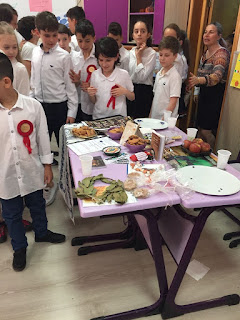OTHER INVADERS OF
ROMANIA
For 1000 years,
numerous migrating peoples including the
Goths, Huns, Gepids, Avars, Slavs, Bulgars, Magyars, Cumans and Mongols overran the territory of modern Romania. In
the 13th century, a number of small Romanian states emerged and evolved into
the medieval principalities of
Moldavia,
Wallachia and
Transylvania.
The 19th century saw
the formation of the modern Romanian state through the unification of Moldavia
and Wallachia. Independence from the Ottoman Empire was secured after the
Russo-Turkish War of 1877–1878 and
Romania became a
kingdom in 1881. The participation on the
Allied (
Entente) side during World War I triggered
the unification of the remaining Romanian inhabited territories with the
kingdom, thus forming
Greater
Romania.
Romania reached its
zenith during the inter-war period. After World War II, it was reduced to its
modern borders and fell in the Soviet sphere
of influence, which lasted until the revolution, in 1989.








